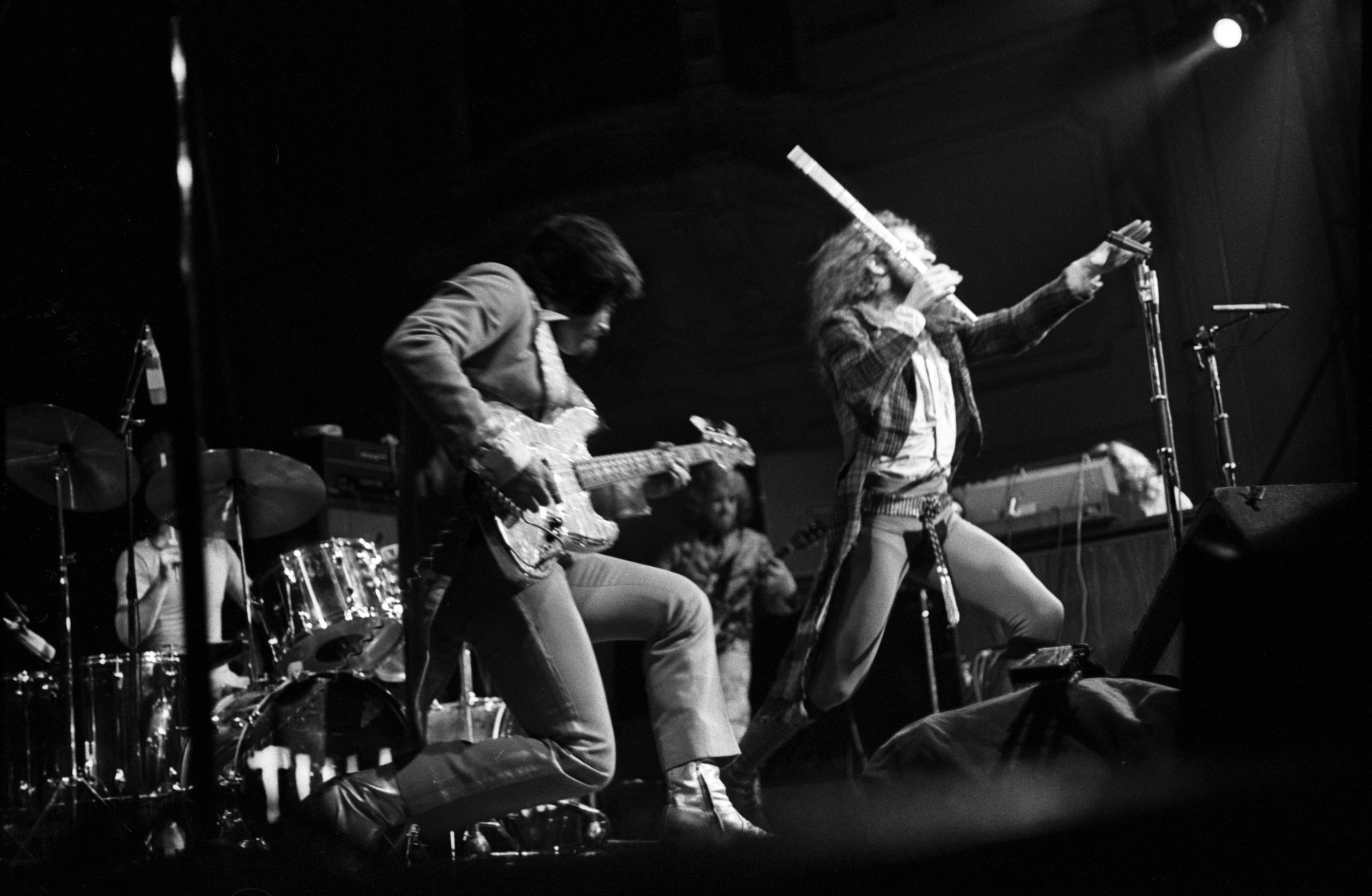Your record collection just became more complicated. Jethro Tull‘s announcement of “Still Living in the Past”—a six-disc expansion of their 1972 compilation—forces you to reconsider what constitutes essential versus excessive when it comes to catalog reissues.
The July 11 release through Rhino Entertainment includes five CDs and one Blu-ray, featuring Steven Wilson‘s meticulous remixes alongside 35 previously unreleased tracks. Wilson’s involvement signals serious audiophile intentions rather than casual nostalgia mining.
When Archives Become Art
Your listening experience transforms when archival material receives this level of attention. The centerpiece—Jethro Tull’s complete November 4, 1970 Carnegie Hall performance—finally appears with proper sequencing and Wilson’s remix treatment.
Wilson’s remix philosophy emphasizes spatial clarity without sacrificing the original performances’ organic feel. His approach typically involves 96kHz/24-bit transfers that preserve analog warmth while expanding dynamic range through modern monitoring systems. The result delivers the intimate flute passages and complex polyrhythms that made Jethro Tull’s live shows legendary.
Ian Anderson reflects on the collection’s scope: “Quirky in some instances and covering a range of musical styles, it shows off my attempts to broaden my writing and arranging and develop beyond the more rocky and bluesy origins of the band.” We love it when artist gro deeper into their music, something that Tim McGraw has recently experienced. This will keep their music relevant and ever reaching new audiences.
This isn’t mere historical documentation. The Carnegie Hall recording represents Jethro Tull transitioning from blues-rock experimenters to the progressive folk-rock architects who would create “Aqualung” and “Thick as a Brick.”
Your investment pays dividends through Wilson’s approach to surround sound mixing. His previous work with classic rock catalogs demonstrates understanding of spatial audio technology that enhances rather than overwhelms original performances.
The Economics of Musical Memory
Collectors face familiar calculations with premium box sets. The Blu-ray includes high-resolution audio, DTS 5.1 surround mixes, and four promotional films from 1970-71—justifying the format beyond simple CD compilation.
A parallel 2LP vinyl edition offers Wilson’s remixes in the original running order for purists who prefer analog playback. This dual-format approach acknowledges different listening preferences without forcing compromise.
The original “Living in the Past” compilation succeeded because it gathered scattered singles and rarities into coherent context. Your music discovery often works similarly—compilation albums introducing you to artists before you explore full albums.
Beyond Nostalgia Marketing
This release demonstrates how archival projects can enhance rather than exploit musical legacies. Wilson’s involvement suggests artistic rather than purely commercial motivations, given his reputation for respectful catalog treatment.
Your streaming habits make physical releases increasingly intentional purchases. Box sets like this succeed when they offer experiences unavailable through digital platforms—superior audio quality, comprehensive liner notes, and curatorial context that streaming services rarely provide.
The collection spans Jethro Tull’s evolution from “A Song for Jeffrey” through “Life Is a Long Song,” documenting how Ian Anderson’s songwriting developed beyond the band’s blues-rock origins into literary prog-folk territory. Jethro Tull has also releasing unreleased music last year, showing they are committed to fulfilling fans wishes and have no plans to retire.
“Still Living in the Past” arrives as legacy acts increasingly understand that catalog reissues require genuine enhancement rather than simple repackaging. Your investment supports artists while gaining access to performances and mixes previously unavailable in any format.
The release confirms that some musical experiences still demand physical media to reach their full potential. Pre-orders through specialty retailers suggest strong collector interest, positioning this as both cultural artifact and sound investment for dedicated fans.


























